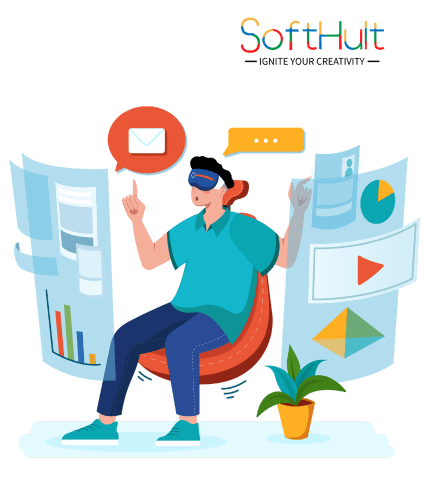
About Softhult
How Is AI Revolutionizing Digital Education Solutions?
Artificial intelligence is reforming EdTech solutions by offering new ways to personalize learning experiences and optimize educational outcomes. With big data analytics, educators can analyze vast amounts of data to identify students’ strengths and weaknesses. Machine learning helps in customizing learning paths and provides targeted interventions.
Additionally, AI-based EdTech tools can automate administrative activities like grading and feedback, giving teachers more time to concentrate on teaching. Moreover, Chat GPT integration can offer 24/7 support to students, assisting them in overcoming obstacles and enhancing their performance. Overall, AI is changing EdTech services, improving education access and effectiveness.

















